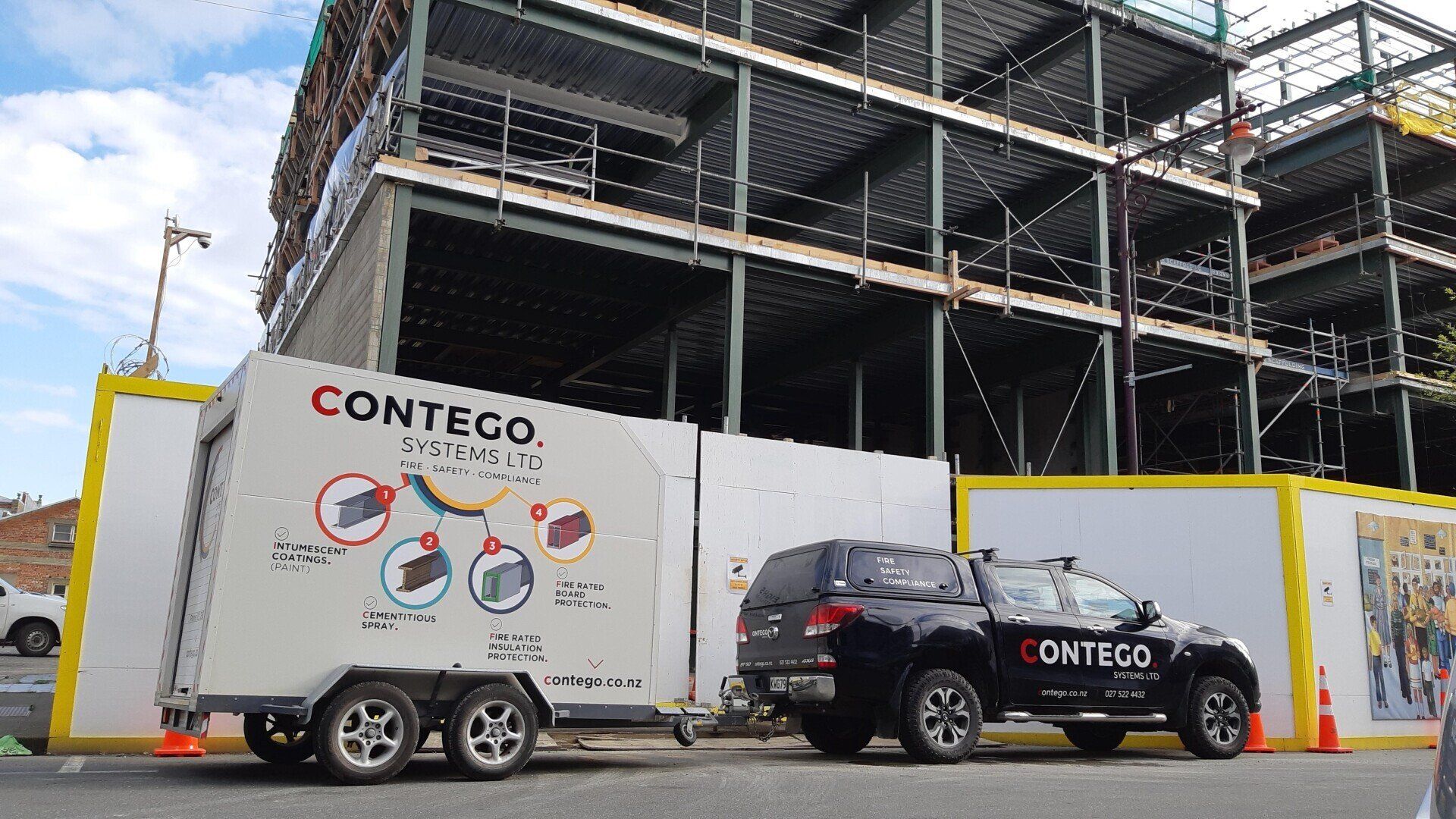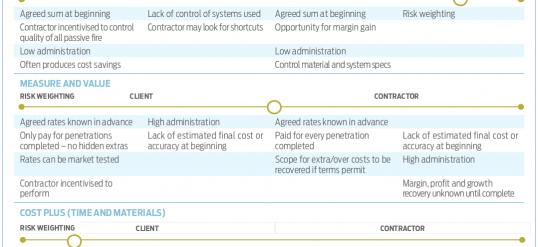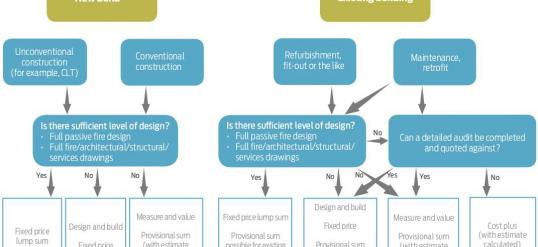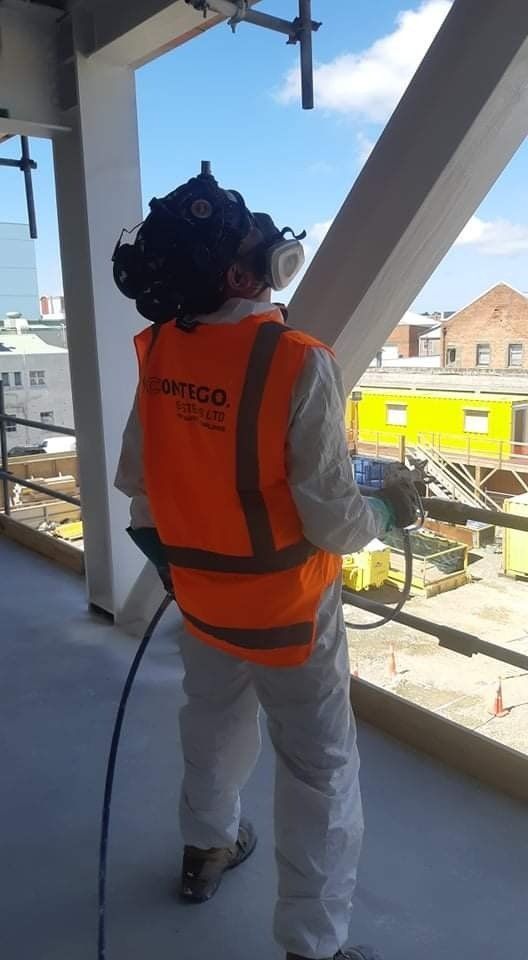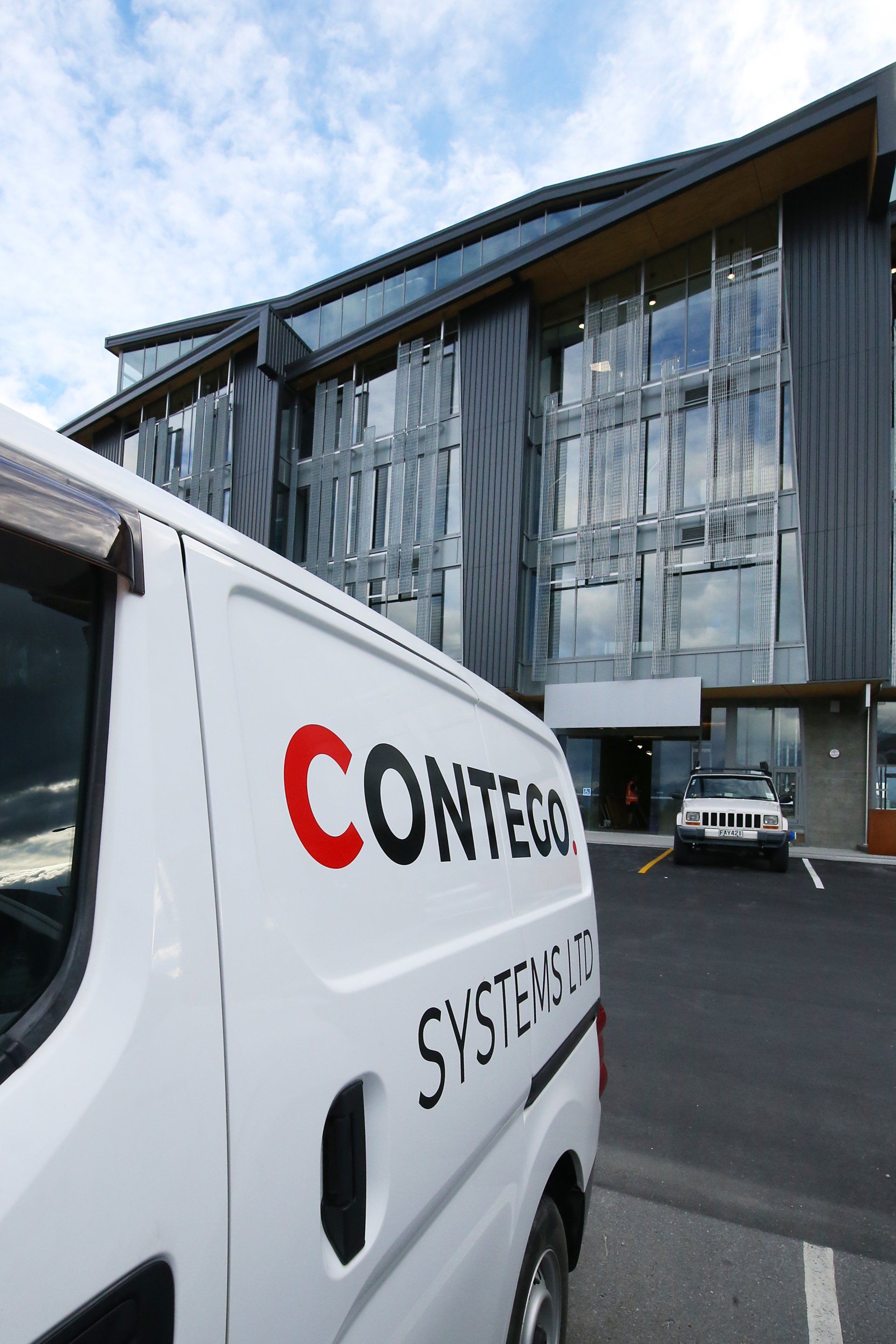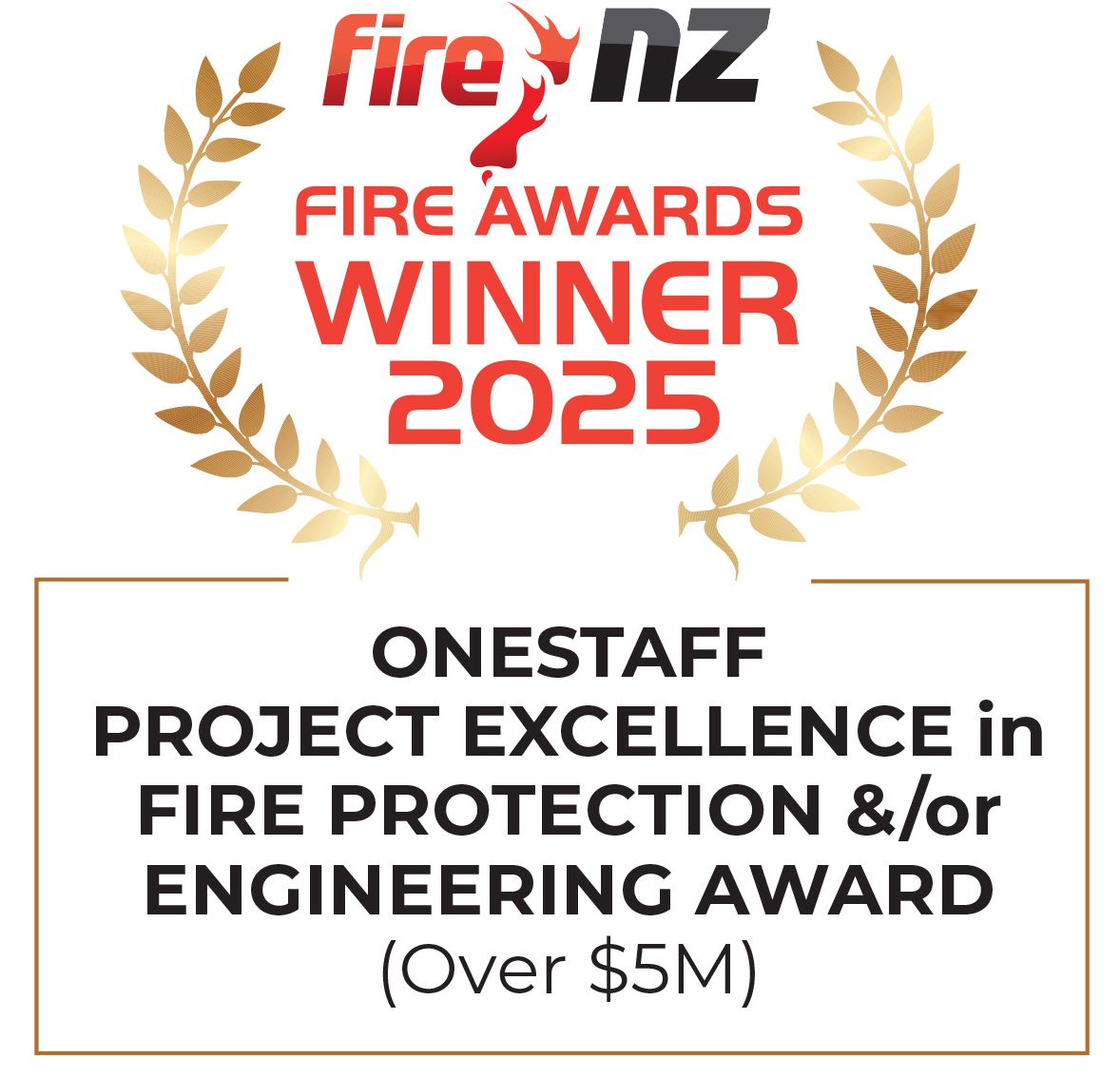Controlling passive fire Protection costs
Is it time for tighter control of contracts drawn up for passive fire protection?
Better contracts will spread the risk, ensure accurate pricing and improve project standards and compliance. Along with increased activity in the field of passive fire protection, there has been a lack of cost accuracy and poor contractor commitment to fixed pricing in recent years. This has left a high percentage or all of the risk associated with works, with the client and limited control on contractor performance and responsibilities.
Poor cost controls
Typically, contracts have commenced with only a provisional sum in place for the passive fire protection, and this provisional sum is seldom accurate or estimated with any calculation. There is also a suggestion that contractors may have been benefiting financially from such a loose approach to cost control for fire stopping.
The nature of passive fire means that there can be a high level of unknown and therefore risk. Factors that have been attributed to the lack of cost control and commitment are:
- lack of knowledge by industry and contractors
- lack of incentive for contractors to fix prices or rates, such as lack of competition and provisional sums
- lack of control of services, with trades making penetrations
- retrofit works
- difficult access
- lack of design making pricing difficult or impossible
- lack of care of services installation
- lack of available tested systems.
Many negative outcomes
The negative outcome of having no cost control structures in place includes:
- contractors using this as lucrative charge-up work
- variation costs and budget blowout
- inaccurate initial budgets
- uneven tender pricing situations
- fear of passive fire trade
- no incentive for contractors to take a controlled approach to passive fire.
Early engagement is a good start
The industry is now mature enough for more accurate pricing and fairer engagement to be implemented. This is best achieved through early engagement with a competent design team and contractors for passive fire protection requirements.
When sound contractual process and cost control is implemented for passive fire protection, it enhances the standard of work and compliance being delivered. Good contractual implementation will motivate the design team to consider passive fire from the outset and place responsibilities on the contractor to execute it to the correct standards.
Choosing the right form of contract
There are many types of engagement forms for passive fire protection, and each type of work has varying levels of risk. An engagement protocol, therefore, should be adopted that is appropriate for the scope and arrangement.
There are also many forms of contractual reimbursement that can be applied to passive fire protection. The recommended models are:
- fixed price lump sum
- design and build
- measure and value
- cost plus (time and materials)
- provisional sum.
Both parties must be agreeable to the form of the contract and have a fair portion of risk associated to them (see Table 1).
The contractor should fully assess the scope and risks for each contract type and price for these accordingly. Relevant tags, clarifications, contingencies and the like should be included where appropriate.
Figure 1 has a guide for selecting an appropriate contract reimbursement format for a passive fire project.
Regardless of which format is agreed, an accurate estimate of costs should always be calculated first to provide an initial cost expectation
Download the PDF
